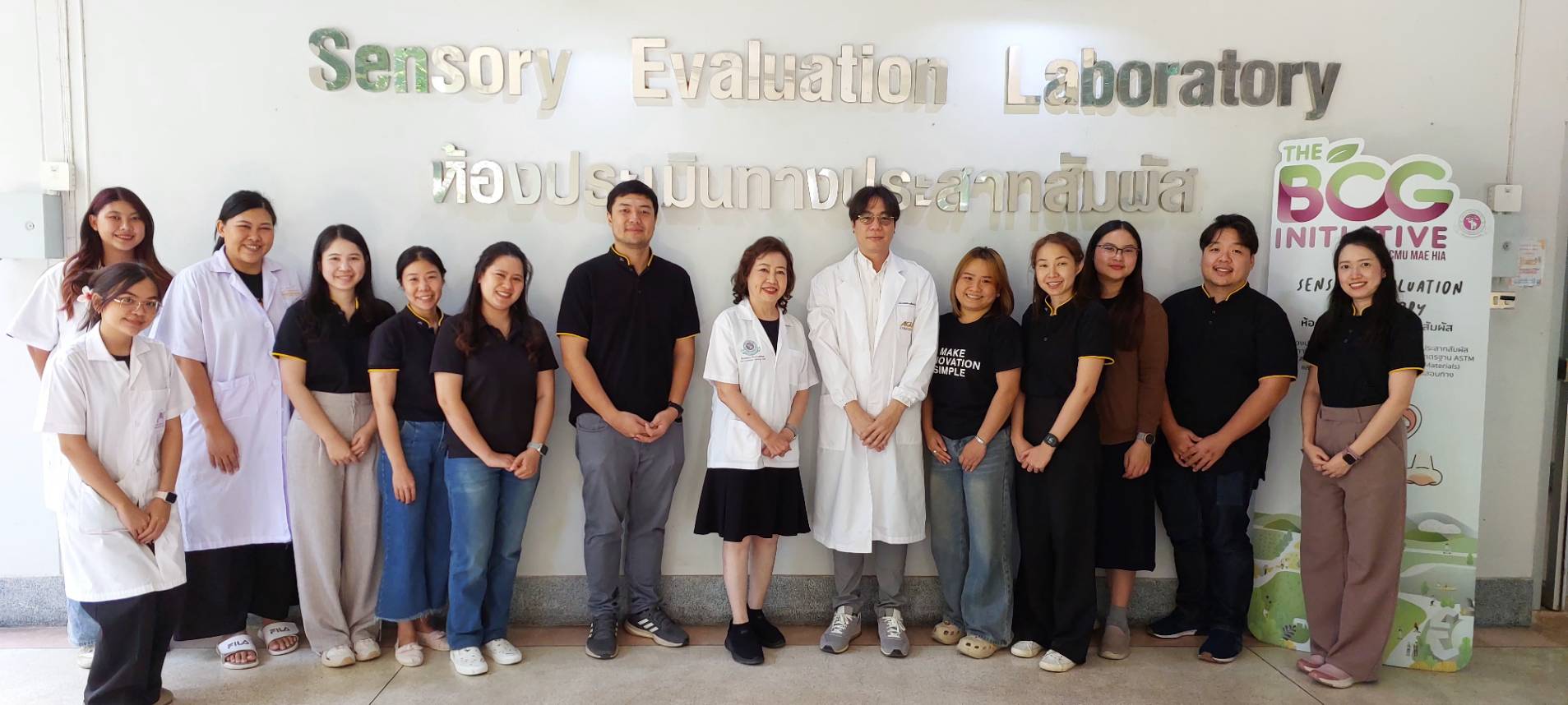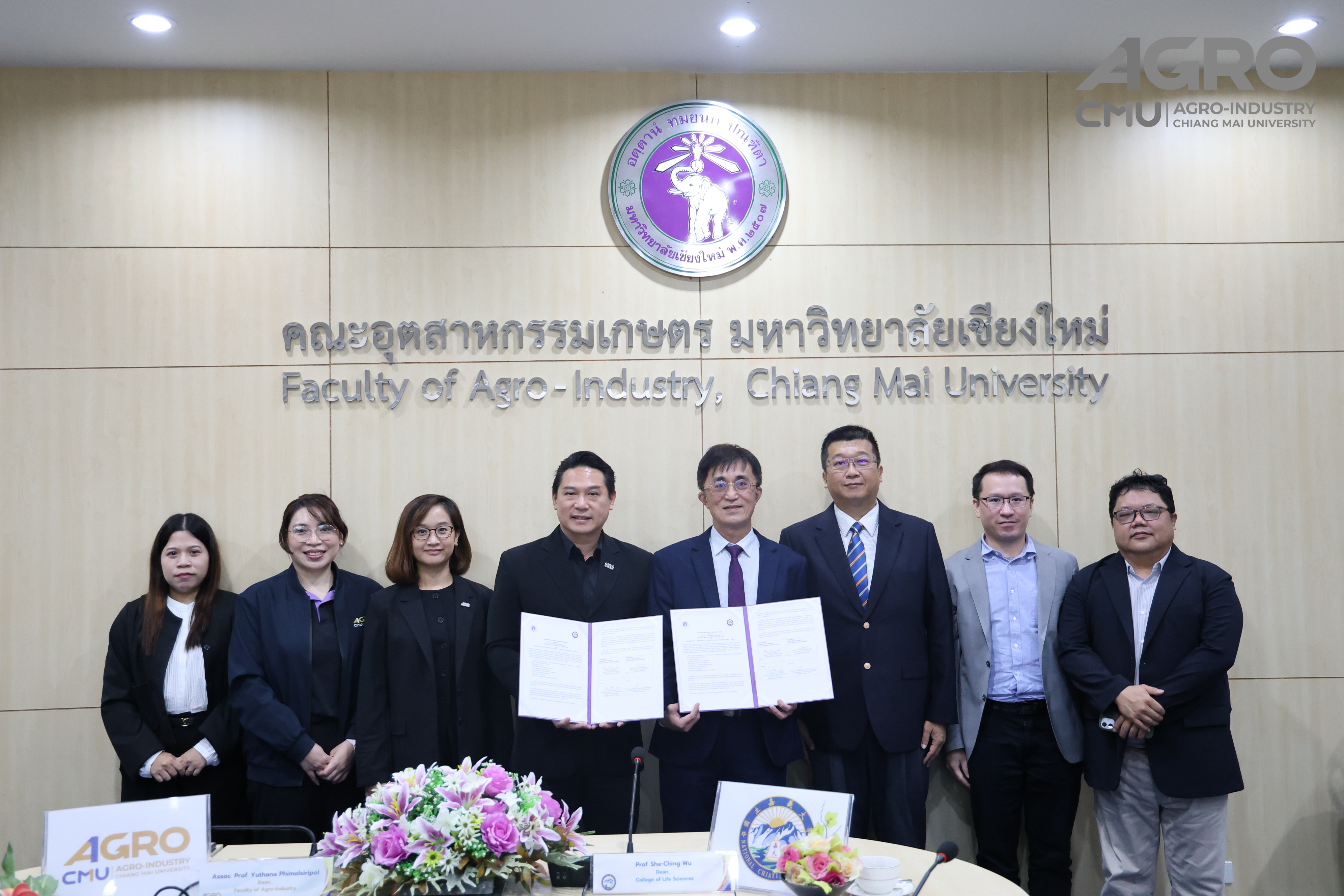
แนะนำงานวิจัย 2024-041: นวัตกรรมแรงดันสูง HPP เทคนิคถนอมคุณค่าน้ำคั้นข้าวอ่อน
น้ำคั้นข้าวอ่อน (Pigmented Rice Grass Juice: RGJ) เป็นแหล่งของสารชีวภาพที่มีประโยชน์ แต่มีอายุการเก็บรักษา เพียงแค่ 7 วัน ที่ 4 °C งานวิจัยนี้ ได้ใช้เทคนิคการถนอมอาหารแบบไม่ใช้ความร้อน โดยการใช้แรงดันสูง (High Pressure Processing - HPP) เพื่อยืดอายุของน้ำคั้นข้าวอ่อน ซึ่งพบว่า การใช้ HPP ที่แรงดัน 612 MPa นาน 11 นาที ที่อุณหภูมิ 36°C สามารถกำจัดเชื้อ E. coli และ L. innocua ได้มากกว่า 5 log ตามมาตรฐานของ FDA และช่วยยืดอายุการเก็บรักษาของน้ำต้นข้าวสี (RGJ) ได้นานถึง 12 สัปดาห์ อีกทั้ง ยังช่วยคงสภาพทางกายภาพและสารอาหารสำคัญของน้ำคั้นข้าวอ่อนได้ดีกว่าการใช้ความร้อนอีกด้วย
Pigmented Rice Grass Juice (RGJ) is a rich source of bioactive compounds but has a short shelf life of only seven days at 4°C. This study explores a non-thermal food preservation technique using High-Pressure Processing (HPP) to extend the shelf life of RGJ. The findings indicate that applying HPP at 612 MPa for 11 minutes at 36°C effectively reduces E. coli and L. innocua by more than 5 log, meeting FDA standards. Additionally, HPP extends the shelf life of RGJ up to 12 weeks while better preserving its physical properties and essential nutrients compared to heat-based methods.
Topic: Optimization of High-Pressure Processing for Microbial Inactivation in Pigmented Rice Grass Juice and Quality Impact Assessment during Refrigerated Storage
Authors: Dao, U.H.| Lamphun, J.N.| Tongdonyod, S.| Taya, S.| Phongthai, S.| Klangpetch, W.
Abstract:
Pigmented rice grass juice (RGJ) is a good source of bioactive compounds, but fresh juice has a relatively short shelf life of only 7 days at 4 °C. The objectives of this study were to determine the optimal growth stage of pigmented rice grass, investigate the optimal condition of high-pressure processing (HPP) for bacterial inactivation in inoculated RGJ using response surface methodology (RSM), and evaluate quality changes in uninoculated HPP-treated juice during storage at 4 °C compared with heat-treated (85 °C/10 min) and untreated samples. Results revealed that the optimal growth stage of rice grass was 9 days with the highest total anthocyanin content of 158.92 mg/L. The optimal condition of HPP was determined to be 612 MPa, 11 min, and 36 °C, and inactivated Escherichia coli K12 and Listeria innocua with 6.43 and 5.02 log reductions, respectively, meeting FDA regulations. The lethality of bacteria after HPP treatment can be explained by damage to the cell membrane and the leakage of intracellular constituents such as protein and nucleic acid. During 12 weeks of storage at 4 °C, total plate counts and yeast and mold counts in uninoculated HPP-treated juice were not detected. Moreover, HPP did not significantly change phytochemical properties (p < 0.05), caused a minor impact on physicochemical properties of RGJ, and maintained the durability of juice samples during storage. Analysis of the phytochemical profile revealed that HPP treatment could preserve most of the phenolic compounds in RGJ and especially increase the contents of protocatechuic acid, 4-hydroxybenzoic acid, syringic acid, transcinnamic acid, isorhamnetin-3-o-glucoside, quercetin, and cyanidin-3-glucoside (p < 0.05). Overall, HPP is a potential pasteurization technique for microbial inactivation and nutritional preservation for rice grass juice.
Keywords: cereal grass; Escherichia coli; high hydrostatic pressure; Listeria innocua; optimization; phytochemicals
View at publisher: https://www.mdpi.com/2304-8158/13/18/2995
#อกมช. #agrocmu #CMU




